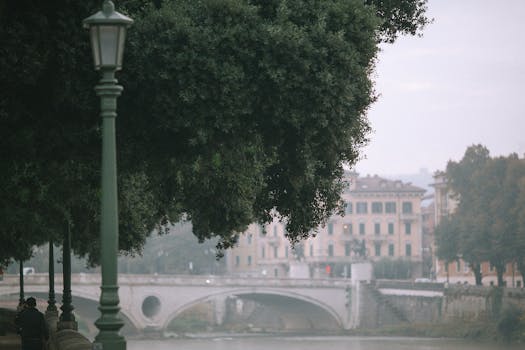
Urban Green Spaces: The Future of Outdoor Living in European Cities by 2025
Introduction to Urban Green Spaces
Urban Green Spaces are becoming increasingly important in European cities, and for good reason. As the world becomes more urbanized, the need for green spaces in cities is growing. Urban Green Spaces are not just aesthetically pleasing, but they also provide numerous benefits for both the environment and the people living in these cities. In this article, we will explore the future of outdoor living in European cities and how urban green spaces will play a crucial role in shaping it by 2025.
The Importance of Urban Green Spaces
Urban Green Spaces have numerous benefits, including reducing air pollution, mitigating the urban heat island effect, and providing habitats for urban wildlife. They also provide opportunities for recreation, socialization, and relaxation, which are essential for the mental and physical health of urban residents. Furthermore, urban green spaces can help to reduce the risk of flooding, improve water quality, and provide noise reduction.
Current State of Urban Green Spaces in European Cities
Many European cities are already investing in urban green spaces, with some cities having more green spaces than others. For example, Vienna has been named the greenest city in the world, with over 50% of its area dedicated to green spaces. Other cities, such as Copenhagen and Stockholm, are also making significant efforts to increase their green spaces.
The Future of Outdoor Living in European Cities
By 2025, we can expect to see even more emphasis on urban green spaces in European cities. With the increasing awareness of the importance of sustainability and the need to mitigate the effects of climate change, cities will be looking for ways to incorporate more green spaces into their urban planning. This could include the creation of new parks, gardens, and green roofs, as well as the restoration of existing green spaces.
Challenges and Opportunities
While there are many benefits to urban green spaces, there are also challenges to be addressed. One of the main challenges is finding the space and funding to create and maintain these green spaces. Additionally, there may be conflicts between different stakeholders, such as residents, businesses, and city officials, over the use and management of these spaces. However, with the right planning and collaboration, these challenges can be overcome, and the opportunities for urban green spaces to shape the future of outdoor living in European cities can be realized.
Conclusion
In conclusion, urban green spaces are a crucial component of the future of outdoor living in European cities. By 2025, we can expect to see even more emphasis on these spaces, with cities investing in their creation and maintenance. While there are challenges to be addressed, the benefits of urban green spaces make them an essential part of creating sustainable, healthy, and thriving cities.






